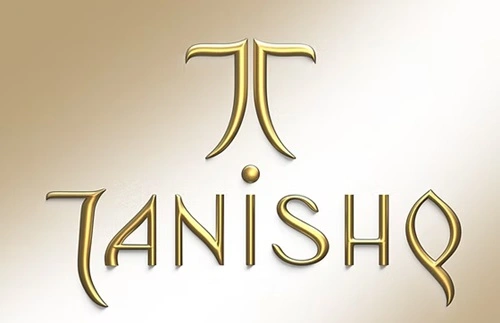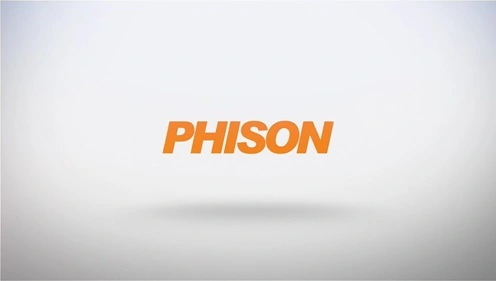Tanishq, a subsidiary of the Tata Group under Titan Company Limited, has become one of India’s most trusted and leading jewelry brands. Launched in 1994, Tanishq revolutionized the Indian jewelry market by offering high-quality products, transparent pricing, and innovative designs. Its blend of traditional craftsmanship and modern retail practices has positioned it as a market leader in the organized jewelry segment. This article explores Tanishq’s business model and examines how the brand earns money.
Overview of Tanishq’s Business Model

Tanishq operates on a B2C (Business-to-Consumer) retail model and follows a vertically integrated approach. Its business model focuses on providing high-quality jewelry while fostering trust and loyalty among its customers. The key pillars of its model include:
- Product Portfolio: Offering a wide range of jewelry, including gold, diamonds, platinum, and gemstone collections.
- Retail Network: Leveraging an extensive network of physical stores and online platforms to serve customers nationwide and internationally.
- Customer-Centric Approach: Building trust through transparency in pricing, purity guarantees, and innovative loyalty programs.
- Vertical Integration: Managing its supply chain from sourcing raw materials to retailing finished products.
Tanishq combines traditional Indian craftsmanship with contemporary designs, catering to diverse consumer preferences.
Revenue Streams
Tanishq generates revenue through multiple channels, making it one of the most profitable brands in the jewelry sector:
a) Jewelry Sales
The primary revenue driver for Tanishq is the sale of jewelry across various categories:
- Gold Jewelry: Including traditional wedding collections, daily wear, and festive designs.
- Diamond and Gemstone Jewelry: Catering to customers seeking premium and luxury offerings.
- Platinum Jewelry: Targeting niche, high-value segments with minimalist and modern designs.
Revenue Generation:
- Tanishq earns revenue by selling these products at a premium, leveraging its brand value, craftsmanship, and transparency.
b) Making Charges
In addition to the price of gold or diamonds, Tanishq charges making charges for crafting its jewelry. These charges typically range between 8% and 35%, depending on the design and intricacy.
Revenue Source:
- Making charges contribute significantly to the company’s margins, especially for intricate, handcrafted, or bespoke designs.
c) Retail Stores
Tanishq has over 400 retail stores across India, making it the largest jewelry retailer in the organized sector. These stores cater to:
- Walk-in customers.
- High-value purchases like wedding jewelry.
- Repeat customers utilizing loyalty programs.
Revenue Source:
- In-store sales contribute the majority of Tanishq’s revenue, with flagship stores in metropolitan cities being key drivers.
d) Online Sales
Tanishq operates a robust e-commerce platform, allowing customers to browse and purchase jewelry online. This channel has gained momentum, especially post-pandemic, as consumers prefer the convenience of online shopping.
Revenue Source:
- Online sales generate revenue from both domestic and international customers.
- Exclusive online collections and promotions drive additional traffic and conversions.
e) Customization and Bespoke Jewelry
Tanishq offers personalized jewelry design services, catering to customers seeking unique and exclusive pieces for special occasions like weddings or anniversaries.
Revenue Source:
- Premium pricing for bespoke designs ensures higher profit margins.
f) Gold Exchange and Buy-Back Services
Tanishq runs a gold exchange program, allowing customers to exchange old gold for new jewelry. This initiative drives footfall into stores and boosts sales.
Revenue Source:
- Margins from exchanging and reselling gold contribute to the company’s earnings.
- The gold exchange program strengthens customer retention.
g) Jewelry Insurance and Warranty
Tanishq offers warranty services and optional jewelry insurance for select high-value products. These services enhance customer trust while generating additional income.
Revenue Source:
- Fees for warranties and insurance coverage add to Tanishq’s revenue streams.
h) Collaborations and Festive Collections
Tanishq collaborates with designers and launches festive and wedding collections tailored to Indian cultural and seasonal demands.
Revenue Source:
- Special collections often see higher sales during festivals and wedding seasons, contributing significantly to annual revenue.
Cost Structure
While Tanishq generates significant revenue, its operations involve several cost components:
a) Raw Material Sourcing
Gold, diamonds, and gemstones are the primary raw materials. Fluctuating prices of these commodities directly impact operational costs.
b) Manufacturing and Craftsmanship
Tanishq’s vertically integrated supply chain ensures high-quality production. However, the cost of skilled labor, equipment, and manufacturing facilities remains substantial.
c) Retail Operations
With over 400 stores, Tanishq incurs costs related to:
- Store rentals and maintenance.
- Utilities and staffing.
- Visual merchandising and in-store promotions.
d) Marketing and Branding
Tanishq invests heavily in marketing campaigns, TV commercials, digital ads, and influencer collaborations to maintain its brand presence.
e) Technology Infrastructure
The company invests in digital platforms, inventory management systems, and online shopping tools to enhance customer experience.
Unique Features Driving Revenue Growth
Tanishq employs several strategies to maintain its market leadership and drive revenue growth:
a) Transparency in Pricing
Tanishq is known for its transparent pricing, offering customers a detailed breakdown of gold rates, making charges, and taxes. This fosters trust and loyalty.
b) Quality Assurance
The brand guarantees purity through its Karatmeter, ensuring customers get certified gold and diamond jewelry.
c) Focus on Weddings
Tanishq dominates the wedding jewelry segment with extensive collections like Rivaah, catering to regional and cultural preferences.
d) Innovation in Design
Tanishq continuously innovates its product lines, blending traditional designs with modern aesthetics to appeal to younger demographics.
e) Loyalty Programs
Tanishq’s Encircle loyalty program rewards repeat customers, encouraging long-term engagement and repeat purchases.
f) Sustainability Practices
Tanishq promotes ethical sourcing of gold and diamonds, appealing to environmentally and socially conscious consumers.
Challenges and Opportunities
Challenges
- Gold Price Volatility: Fluctuations in gold prices affect consumer demand and profitability.
- Competition: Rising competition from regional jewelers and other organized players like Kalyan Jewellers and Malabar Gold.
- High Operational Costs: Maintaining a vast retail network increases fixed costs.
Opportunities
- E-Commerce Growth: Expanding its online presence can capture a larger share of tech-savvy customers.
- International Markets: Growing demand for Indian jewelry in overseas markets presents an untapped opportunity.
- Expansion into Tier 2 and Tier 3 Cities: Penetrating smaller cities can boost revenue from underserved markets.
Financial Overview
As of the latest financial reports, Tanishq contributes a significant portion of Titan’s total revenue. The brand has maintained steady growth, driven by its strong retail presence, innovative marketing strategies, and expanding product portfolio.
Conclusion
Tanishq’s business model exemplifies the blend of traditional craftsmanship and modern retail strategies. By focusing on transparency, quality, and innovation, Tanishq has built a trusted brand that resonates with Indian consumers. With continued expansion into new markets, an enhanced digital presence, and a strong emphasis on customer experience, Tanishq is well-positioned to sustain its leadership in the jewelry industry while exploring new avenues for growth.

